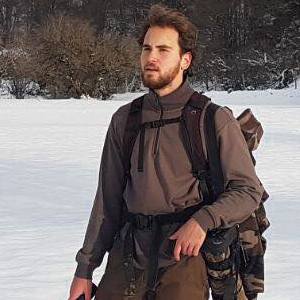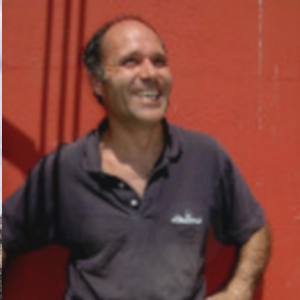
giacomo dell’omo
I am a naturalist. Not a specialist but with a more “generalist” attitude, with a wide spectrum of species of interests, from raptors to seabirds and from iguanas to rodents. I have conflicting interests such as those for hawks and doves (peregrines and pigeons), and an interest for conflicts such as those related to powerlines and birds. I have a problem-solving propensity assisted by confidence in electronics and practical field experience. I was the first to develop and attach a GPS on a bird twenty years ago. I am mostly interested in behavior, but also ecotoxicology and conservation. I have worked on several subjects in the lab and field and recently my main focus is on seabirds (among these the shearwater colony in Linosa) and peregrines.
david costantini
I am full professor at Muséum National d’Histoire Naturelle (Sorbonne Université) in Paris. I have broad interests in many aspects of ecology, conservation biology, physiological ecology, animal behaviour, and environmental sciences. My research mainly focusses on understanding the responses of animals to a variety of natural and anthropogenic stressors and their consequences, and the causes and consequences of diversity in behaviour, physiology and key life-history traits. I also aim to develop methods that seek to assess/predict animal responses to global changes, and to apply fundamental knowledge to develop successful conservation and wildlife management programs. My research is mostly conducted on vertebrates and is carried out with species under natural, semi-natural, or captivity conditions.
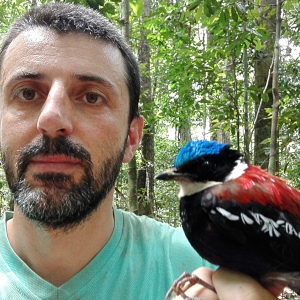
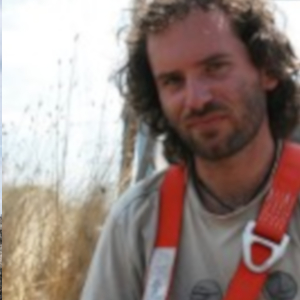
carlo catoni
I am mainly a field biologist, althought not completely unskilled in the laboratory. I got my degree in Biology at Sapienza University of Rome with a study on micro-habitat selection in Rock Partridge and my PhD at the University of Freiburg, Germany, with a thesis on the role of anthocyanins as antioxidants for birds. Since 2010 I have collaborated with Ornis italica in the tracking of shearwaters, stone curlews and european rollers, and also as a radar operator in Chile, Mexico and the Canary islands. I am running a ringing station close to Rome and lastly, believing that there can be no conservation without education, I am also teaching environmental education to children and university students.
claudio carere
I obtained my PhD in biology of behaviour at the University of Groningen, where I studied the expression of personalities in great tits. I then studied neuroendocrine mechanisms underlying sexual and individual differences in birds at the University of Liège. I was the executive scientist of the EU project STARFLAG (FP6) “Understanding patterns of animal group movements”. I am currently lecturer in physiology and ethology at the University of Tuscia, and research associate at the University of Groningen (NL) where I collaborate in a research project on the use of robofalcons to frighten bird flocks. I am member of the Association for the Study of Animal Behaviour ethics committee, of the council of the Italian Ethology Society, and the evaluation panel of Flanders Research Council.
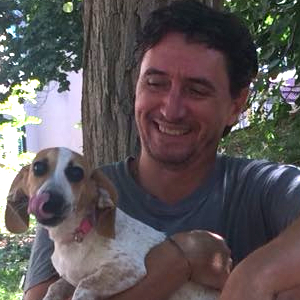
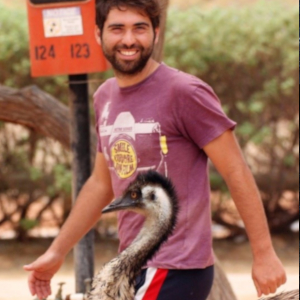
marco cianchetti
I obtained my MSc at Sapienza University of Rome with a thesis on the migratory physiology of short- and long-range passerine birds. During my PhD at Giessen University I studied the effect of fishery discards on the foraging behaviour of Scopoli’s shearwater in Linosa. In the meantime, I followed other projects and gathered experience with other bird species, such as raptors and homing pigeons.
My research focusses on the behavioural ecology of seabirds. I regularly use GPS and accelerometers to identify foraging areas and behaviours performed by shearwaters in relation to the commercial fishing activities and I investigate the relation between movement and breeding performance. I have also researched the effects of anthropogenic light and sound disturbance on chick development.
sebastian cannarella
In 2017 I started to collaborate with Ornis Italica. Currently I’m following the European roller project in northern Lazio. During my activities I periodically check the nest boxes, measure the eggs, ring both adults and chicks and in 2018 I started to equip rollers with GPS trackers to study their home ranges and migration strategies.
I’m mostly interested in movement ecology and migratory birds. I’m also a bird ringer at a ringing station next to Rome and collaborated with many other ringing station in Italy.
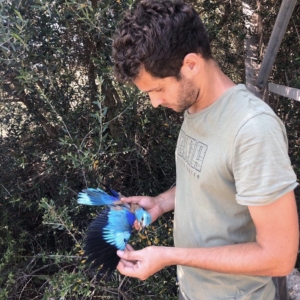
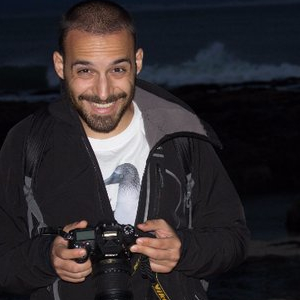
paolo becciu
I am a natural scientist with a MSc in Animal Behaviour. I am currently working on my PhD project at the University of Haifa investigating the effects of environmental conditions on diurnal migration movements of soaring birds at different spatial and time scales, using data recorded by radar and GPS in Israel, Turkey, and Italy. I have been collaborating with Ornis italica since my undergraduate studies on Linosa shearwaters, but also in tracking migration by radar at the Strait of Messina, and homing pigeons by GPS in Rome. I am especially interested in the interacting effects of different environmental components on causes and consequences of specific movements. I also find important to use the information and tools that movement ecology provides to understand and solve conflicts between human development and wildlife.
vittoria roatti
I completed my MSc in Environmental Biology at the University of Turin in 2017 with a thesis on the breeding behaviour of a seabird species, the Scopoli’s shearwater. I collected my data during the breeding seasons of the years 2016 and 2017, working on a project led by the University of Palermo and Ornis italica on Linosa Island (Sicily).
After my graduation I continued my collaboration with the shearwater project in Linosa and I also took part to other projects as a field assistant. I worked in Malawi on cheetah conservation and management with African Parks and in Namibia on baboon behavioural research with the Zoological Society of London.
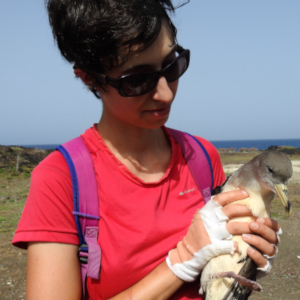
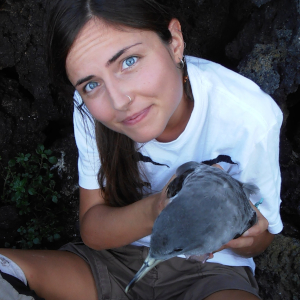
martina cecchetti
I am a biologist with a MSc in Evolution of Animal and Human Behaviour from the University of Turin with a thesis on the feeding ecology of free-roaming cats in relation to Scopoli’s shearwater conservation on Linosa Island. During the last five years I have been collaborating with Ornis italica in Linosa, monitoring the shearwater colony and managing the free-roaming cat population. In 2016 I managed the D3 action as part of the Life project “Pelagic Birds”, aiming at sensitising inhabitants to the importance of shearwater ecology and conservation. I am currently a PhD researcher at the University of Exeter, where my aim is to identify the drivers of cat hunting behaviour and find solutions to mitigate cat impact on wildlife and birds in particular.
letizia campioni
I am assistant researcher at MARE-Ispa in Lisbon (Portugal) where I investigate the ecology and behaviour of long-lived pelagic seabirds. Specifically, my research focuses on seabirds foraging and spatial behaviour including migratory movements and intra-specific communication. Recently, I have expanded my interests towards the use of seabirds as bioindicator of environmental quality integrating the conservation of endangered species with toxicological and managements aspects. In this regards, I am particularly interested in understanding the impacts of pollution (chemicals and plastic) on the behaviour and physiology and survival of marine higher trophic level predators. Most of my research has been carried out on oceanic islands as the Falklands, Bermuda and Madeira. My collaboration with Ornis Italica started in 2016 and has focused on the Scopoli’s shearwaters and many other activities together are wished in the years to come. Ocean literacy and science communication are also part of my activities.
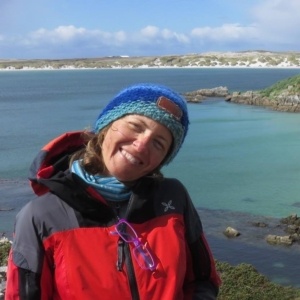
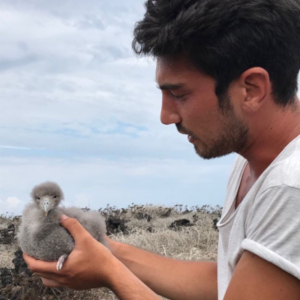
dario d’emanuele
I am currently studying natural sciences at the University of Palermo. My research interests focus on marine wildlife ecology, particularly seabirds and turtles. I started my collaboration with Ornis italica in 2017 during the monitoring of the Scopoli’s shearwater colony on Linosa island and since then I have taken part to most of the field activities concerning shearwaters. Recently I started to look at shearwater diet through stable isotope analysis of egg membranes and I participated to the preliminary analyses carried out at Exeter University. I am also involved in the annual monitoring of the loggerhead turtles visiting Linosa, which includes assisting the turtles during egg-laying and ensure a safe hatching with the help and of other volunteers.
gianluca damiani
I am a student of natural sciences at Sapienza University of Rome and a professionist wildlife photographer. My passion for nature and animals began when I was a child, as I started reading books and watching documentaries about wildlife. This interest for the natural world progressively evolved into the direct observation of animals in their habitats and into nature photography that I practice since I was ten years old. Today, as a naturalist and photographer, I focus my personal research on ethology and on the study of animals’ behavioural aspects. I have been taking part to wildlife monitoring projects with Ornis italica since I was in the secondary school.
